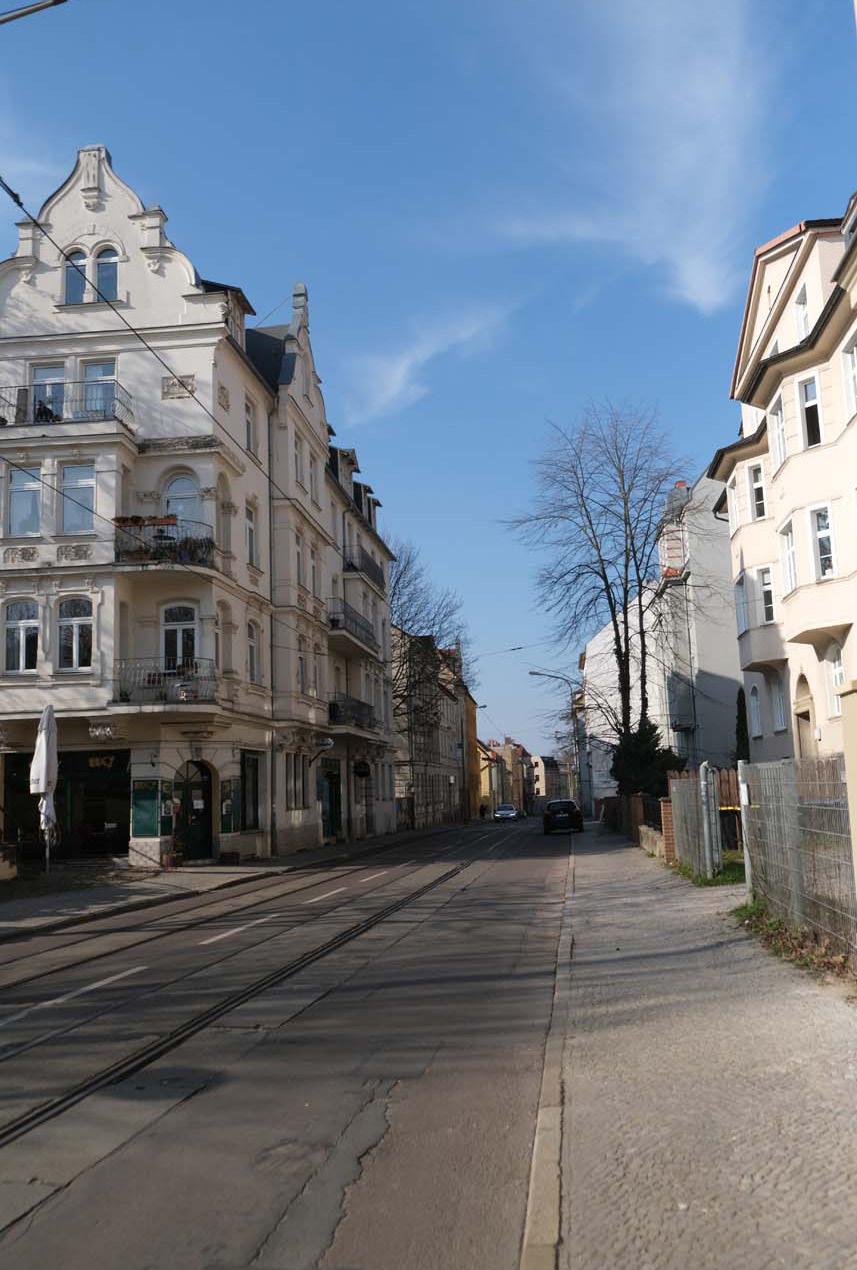
2 minute read
Halle an der Saale - The venerable University City
Photo: Riccarda Cappeller
// HALLE AN DER SAALE - THE VENERABLE UNIVERSITY CITY
Advertisement
Rene Rebenstorf, Vice-Mayor for urban development and environment
As the architecture guide of the city wonderfully states, Halle is an “academic Acropolis”. The art and design school Burg Giebeichenstein and the Leopoldina asw national academy of sciences contribute to this image of the school city. Part of the educational cosmos are also the “Frankesche Stiftungen zu Halle”, located at the southern edge of the old city and contributing to both a national and international context. It is a treasure in the middle of a continuously transforming city, existing throughout the challenges of each period, since 300 years. Originated as a result of Luther’s reformation and the late enlightment, Halle is known as a school town and contemporary witness of the developing human being, independent of his or her social background – nothing else than the claim of Francke. stands for a potential space of experiments and alternative approaches to urban production. To the south it continues with the former railway workshop (Reichsbahnausbesserungswerk) in the surrounding of the main station (Hauptbahnhof), a around 20 hectare big areal, that has not been developed so far. Here the aim is to integrate and recycle the old building fabric and create and design new spaces for living working and leisure. With the direct access to the ICE-Network (the German train aims for a 20 minute train rhythm inbetween Berlin-Halle, Erfurt-München/ Frankfurt) Berlin from here is reachable within an hour of travel. Also to Leipzig there is a high frequency of train connections (S-Bahn). An already planned future project is the cycle express-way HalleLeipzig.
That developed people educate themselves probably is the most important cultural achievement of humanity.
Departing from Halle’s self-understanding as educative city, diverse interior developments are planned and going to be realized to maintain young and educated people and enable them an ongoing perspective of development. As well in the inner city, connecting the already existing locations of the university, as in the more industrially shaped areas such as close to the Dessauer Brücke, or across the train lines at the former slaughterhouse area and Freiimfelde, a programmatically densification can be done. This last example has already been a topic of discussion within the development of the city for a longer time and at the same time In direct neighbourhood to the main station also for the urban area “Thüringer Bahnhof” first measurements were taken and will be layed out as development plan (B-Plan) already next year. Here a prototype for a dense living, the proximity of living, working, smaller businesses and leisure facilities in the inner city, is foreseen. With the already existing port railway line (Hafenbahntrasse), which has been redesigned as park with cycle path, there is a direct connection to the Saale valley. This nearly undamaged flood plain of the Saale River with its striking river islands and the rift at the bottom of the art and design campus Burg Giebichenstein stands for a unique constellation within a German city. It shows HALLE AN DER SAALE as perfect connection between cultural scene and natural landscape.









